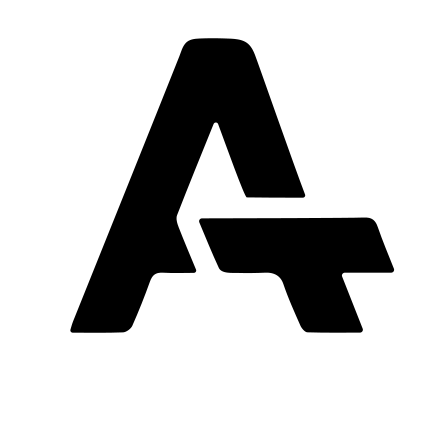Mastering UI Design with Flutter for Cross-Platform Apps
 ATeam Soft Solutions
ATeam Soft Solutions
Flutter, Google's open-source UI toolkit, has revolutionized cross-platform app development by enabling developers to create beautiful, fluid user interfaces with ease. Let's explore how to master UI design with Flutter for cross-platform apps:
1. Understanding Flutter's UI Paradigm:
Flutter adopts a declarative UI approach, where developers describe the desired interface using widgets and components. With Flutter's rich widget library, developers can create complex UI layouts, animations, and interactions with minimal effort.
2. Leveraging Flutter's Hot Reload Feature:
One of Flutter's standout features is its Hot Reload capability, allowing developers to see changes reflected instantly in the app during the development process. This iterative workflow accelerates UI design iterations and enhances productivity.
3. Designing Custom UI Components:
Flutter empowers developers to design custom UI components tailored to their app's unique requirements. With the flexibility to create custom widgets and layouts, developers can achieve pixel-perfect designs and maintain brand consistency across platforms.
4. Implementing Responsive Design Principles:
Flutter enables developers to build responsive user interfaces that adapt seamlessly to various screen sizes and orientations. By leveraging Flutter's Media Query and Layout Builder widgets, developers can design UIs that scale gracefully across different devices.
5. Utilizing Material Design and Cupertino Widgets:
Flutter provides out-of-the-box support for both Material Design and Cupertino (iOS) design languages, offering a rich set of pre-designed widgets and styling options. Developers can leverage these widgets to create platform-specific UI elements that align with platform conventions.
6. Incorporating Animation and Motion:
Flutter offers powerful animation APIs and tools for creating captivating motion design and animations within apps. By incorporating subtle animations and transitions, developers can enhance user engagement and create delightful user experiences.
7. Testing and Iterating UI Designs:
Continuous testing and iteration are key to mastering UI design with Flutter. By soliciting feedback from users and stakeholders, conducting usability tests, and analyzing user behavior, developers can refine their UI designs and optimize user satisfaction.
In conclusion, mastering UI design with Flutter empowers developers to create visually stunning and highly functional cross-platform apps. By embracing Flutter's intuitive UI paradigm, leveraging its rich widget library, and adopting responsive design principles, developers can deliver exceptional user experiences across platforms.
Subscribe to my newsletter
Read articles from ATeam Soft Solutions directly inside your inbox. Subscribe to the newsletter, and don't miss out.
Written by

ATeam Soft Solutions
ATeam Soft Solutions
We Ateam Soft Solutions , is an IT team located in INDIA to develop open source software's and web development.